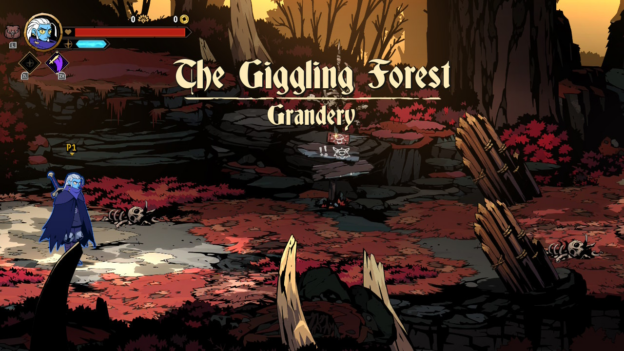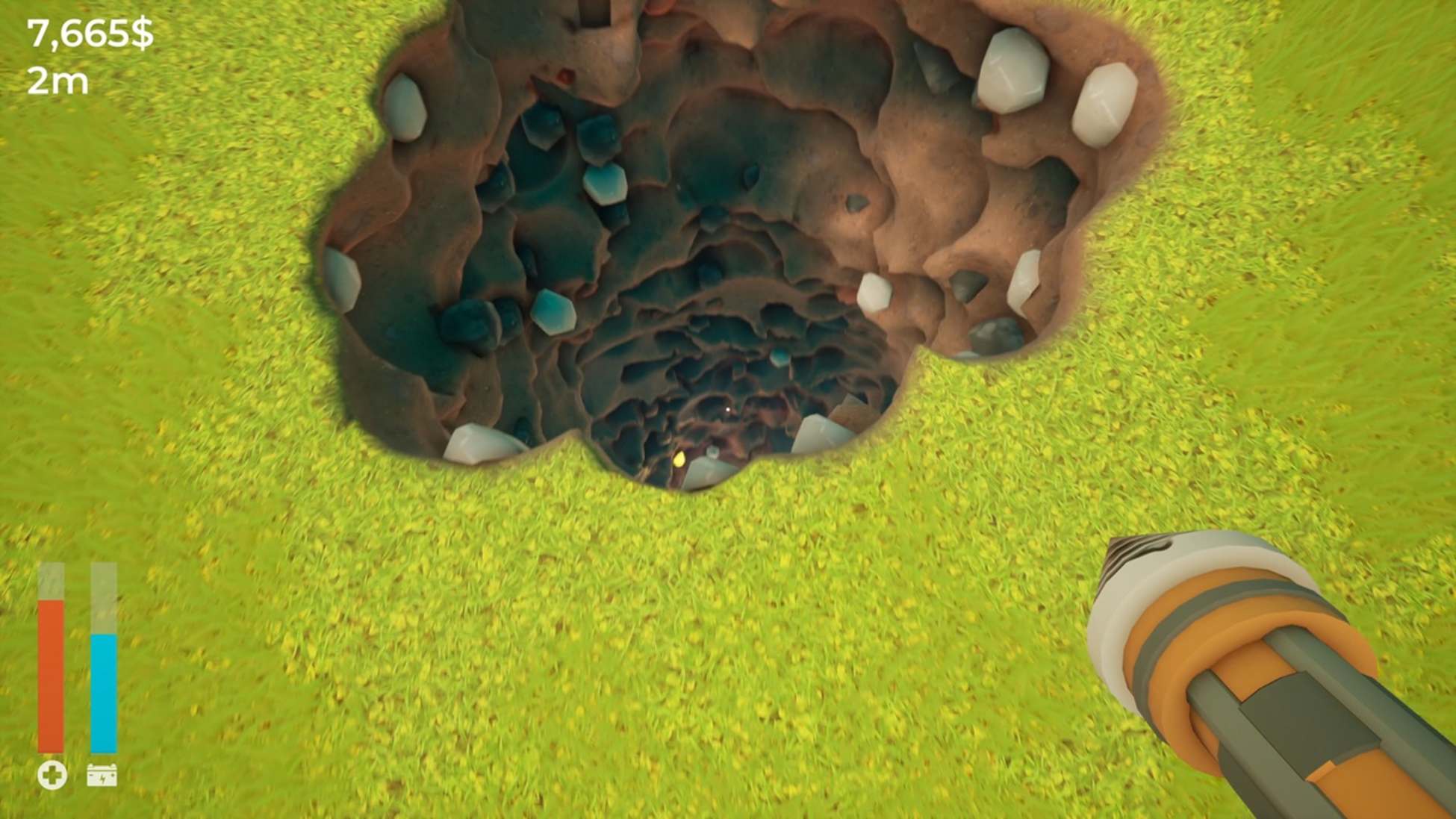Final Fantasy IV Pixel Remaster Review – Review

I was very late to the party on Final Fantasy IV (or as I knew it, Final Fantasy II in its original Super Nintendo incarnation): I didn’t finish the game for the first time until the year 2000. Still, the fourth of the increasingly inaccurately named Final Fantasy games is still the one I’ve replayed the most often, so I grabbed it when the opportunity arose for a review. And it still holds up, even if it’s missing some things in its Pixel Remaster form that I’m used to in other releases.

Final Fantasy IV certainly opens with a bang, as right from the jump our hero Cecil is being attacked by monsters while returning from a military mission on behalf of the previously peaceful kingdom of Baron. After wiping out the monsters, Cecil is stripped of his command by the King for daring to question why the kingdom is attacking other nations to obtain their crystals, and instead he has to deliver a “Bomb Ring” to a nearby village. If that question is the small domino, the giant one at the end is “flying to the moon to destroy an intergalactic evil in a literal space whale”, accompanied by Cecil’s true love Rosa, his friend and first example of the “Face-Heel Revolving Door” in gaming Kain, and an ever-changing group of people with particular skill sets. Despite the simplicity of the story, it’s still told incredibly well and easy to follow.
The combat system is basic as would be expected for a 32-year-old RPG: it’s a turn based setup with the original “Active Time Battle” system, where turn order is decided roughly by a timer measured by bars on the right side of the battle screen. And yes, all encounters are random – though one of the biggest additions to the Pixel Remaster versions is the ability to toggle encounters on or off by pressing the right stick in or choosing a menu option. The options to “attack” with the equipped weapon, use character specific abilities including magic, or use an item are selected from a menu as the meter on the right fills up. I stress that abilities are tied to the character because unlike the previous game in the series and every successor game, there are exactly two times when anyone changes their class abilities. You can’t make Kain into a healer or Rosa into a user of black magic, and anyone who learns magic learns new spells at prescribed levels. This can lead to some pretty unbalanced team setups: in the time it took to clear through one dungeon early on I went from a party of three squishy magic users and a melee attacker with small healing capabilities to three melee attackers and a magic user who is physically incapable of gaining magic points. I’ve never understood why that had to happen.
The most obvious way to get around wonky team composition is to grind – and thankfully the Pixel Remaster makes this incredibly easy. The in-game boosts – toggleable settings for money and experience that can be set anywhere between 0 and 4x the normal values meant I was in the final dungeon with an in-game time of about ten hours. If I didn’t stop to see if it was possible to easily grind the best armor in the game in the final dungeon, it would be possible to beat the game in under 12 hours. (And I did get the armor for my entire party. I guess the Pixel Remaster also buffed the drop rate of the item you trade to get the armor.) For comparison, I believe my clear time on the file I beat (SNES) FFII with 23 years ago was 36 hours – and that’s often referred to as “EasyType” based on how it was brought back to Japan. Unfortunately, I had to dig up the SNES cartridge to check because later rereleases of FFIV offered additional content – two bonus dungeons and the ability to change the party up beyond Cecil on the GBA and PlayStation Portable versions, and a New Game+ and ability carryover option on the DS version and later on Steam. As I feared in my initial impressions, none of that content got remade here. Which is a shame, as I love playing Crazy Airship with Cid.

The initial releases of the Pixel Remaster versions were criticized – with great volume and frequency – for the Western font choice which was heavily left-justified and small. Square Enix listened and offered a second choice of font for the console releases, and thank heavens for that: the new font is much larger, better suited to the artstyle of these 2D games, and generally easier on my eyes. I’ve never been a fan of the “retro” filter that’s supposed to replicate playing it on an old TV, but the Remaster does offer it as an option for those who wish to partake. Technically, the game runs very well, aside from the initial load taking slightly longer when playing the game in handheld mode.
Retro filtering aside, I’ve never seen Final Fantasy IV look this good. The character sprites reflect even the tiniest details of the original artwork by Yoshitaka Amano, and I can finally make out the shadows on the ground when using one of the flying vehicles on the map. The new versions of the soundtrack sound just like I imagined them back in the day, but the option is there to use the original versions if it doesn’t sound clean. Personally, I never bothered to flip that switch.
It’s tempting to ignore the faults of a game if you think it’s a favorite – but I can’t do that here. I really do miss the things that came later, especially since I would really prefer to swap the Rated E10+ Superstar out of the endgame party for someone who knows what a defense stat is. Still, Final Fantasy IV remains an all-time great RPG, and it’s nice to finally have it on Switch in any form.




